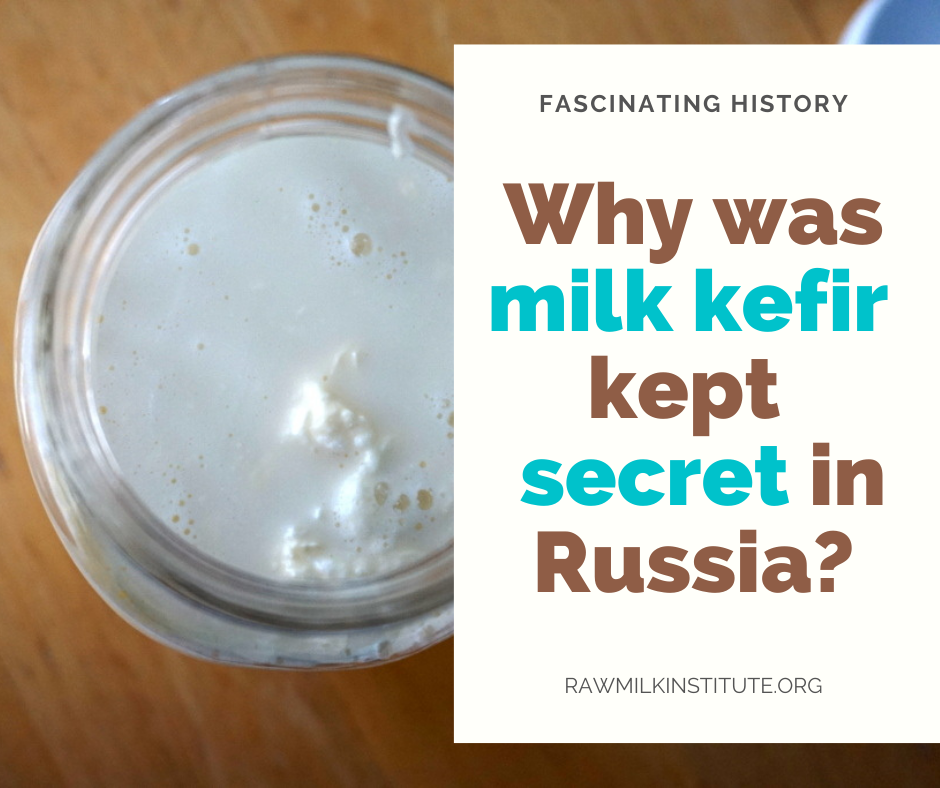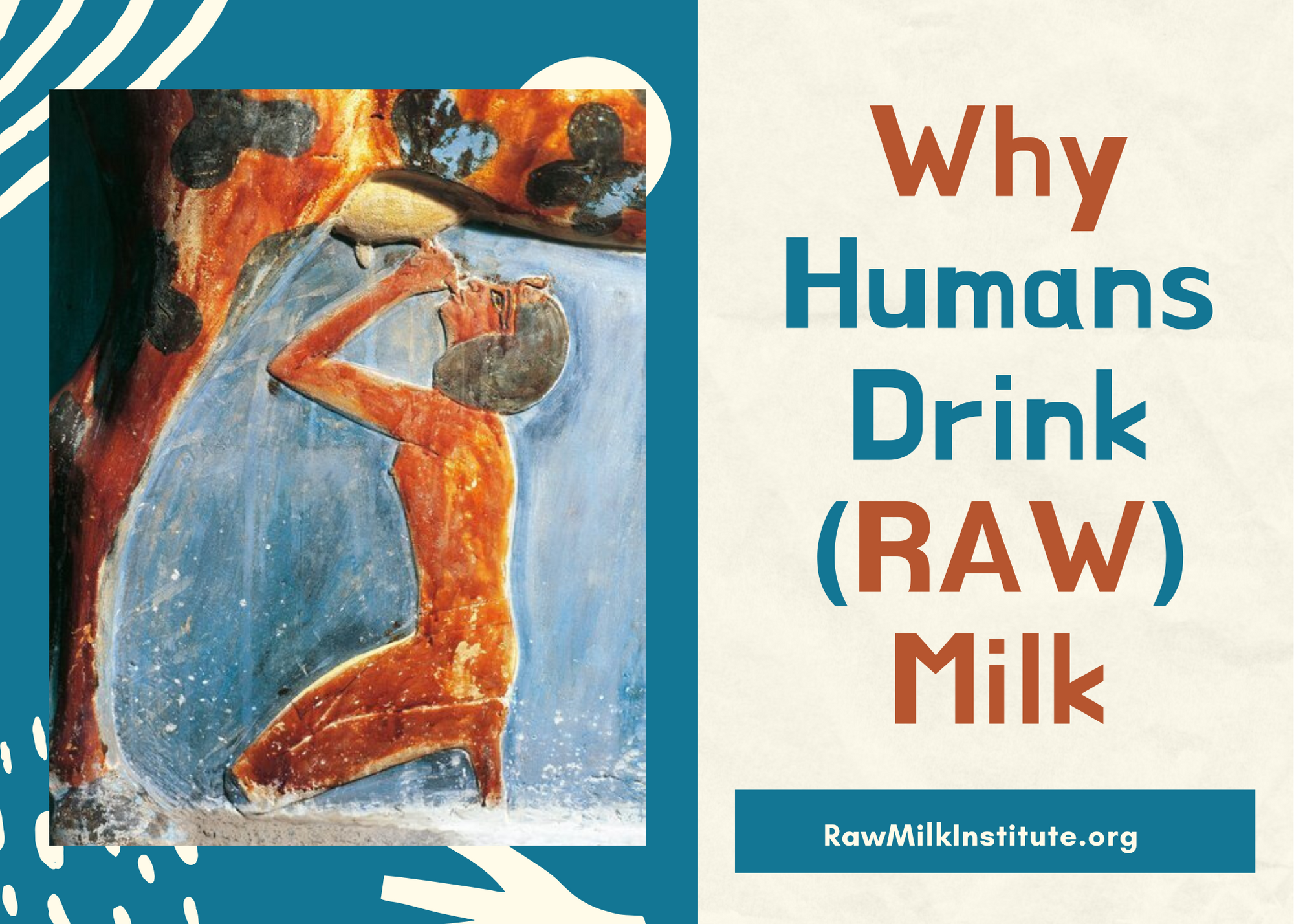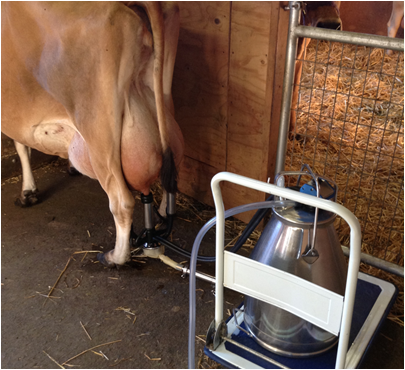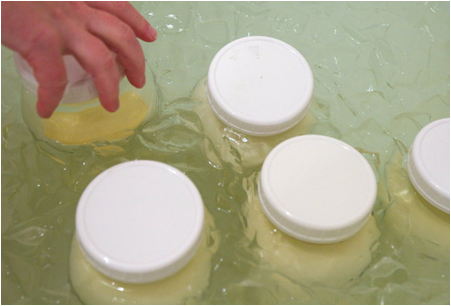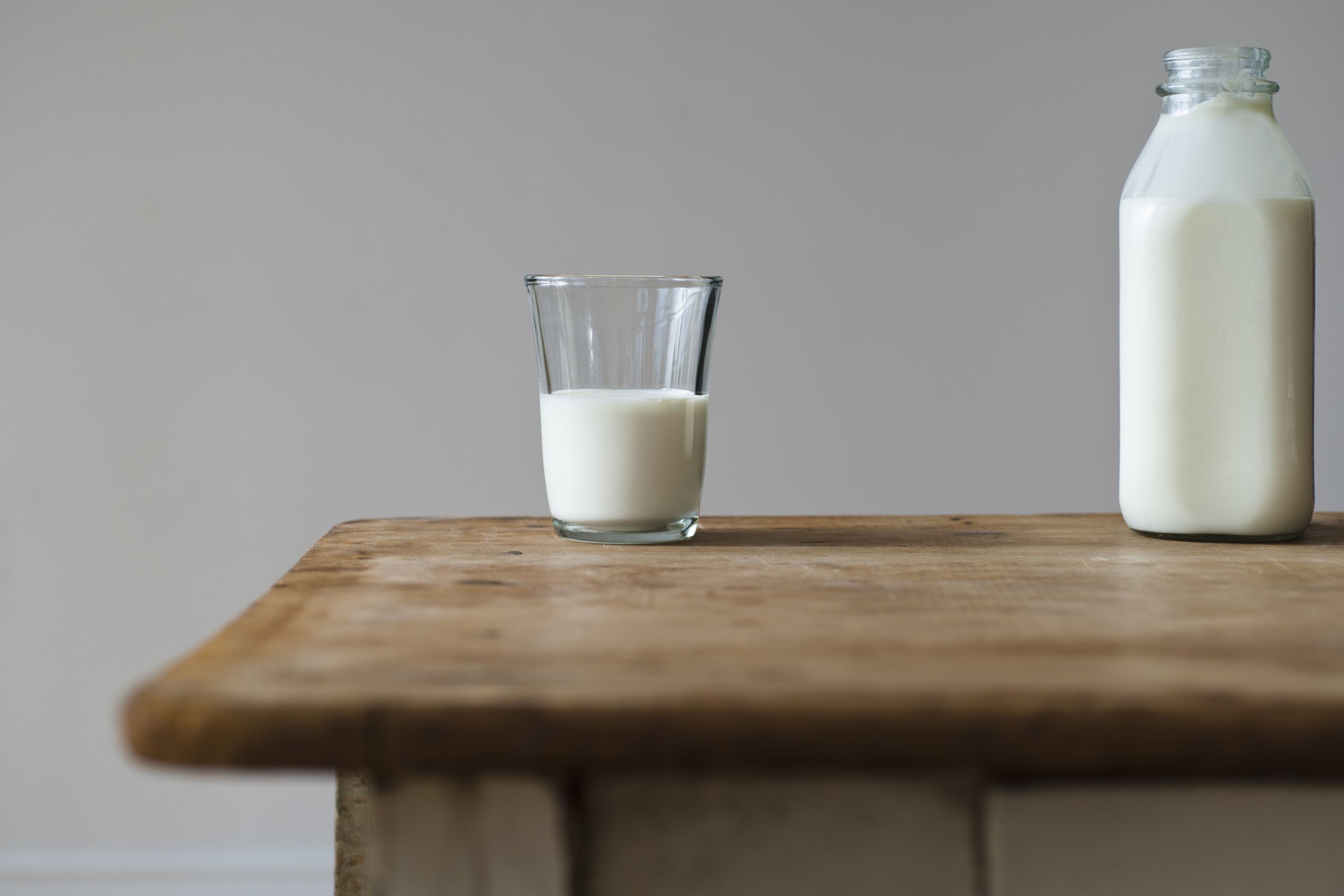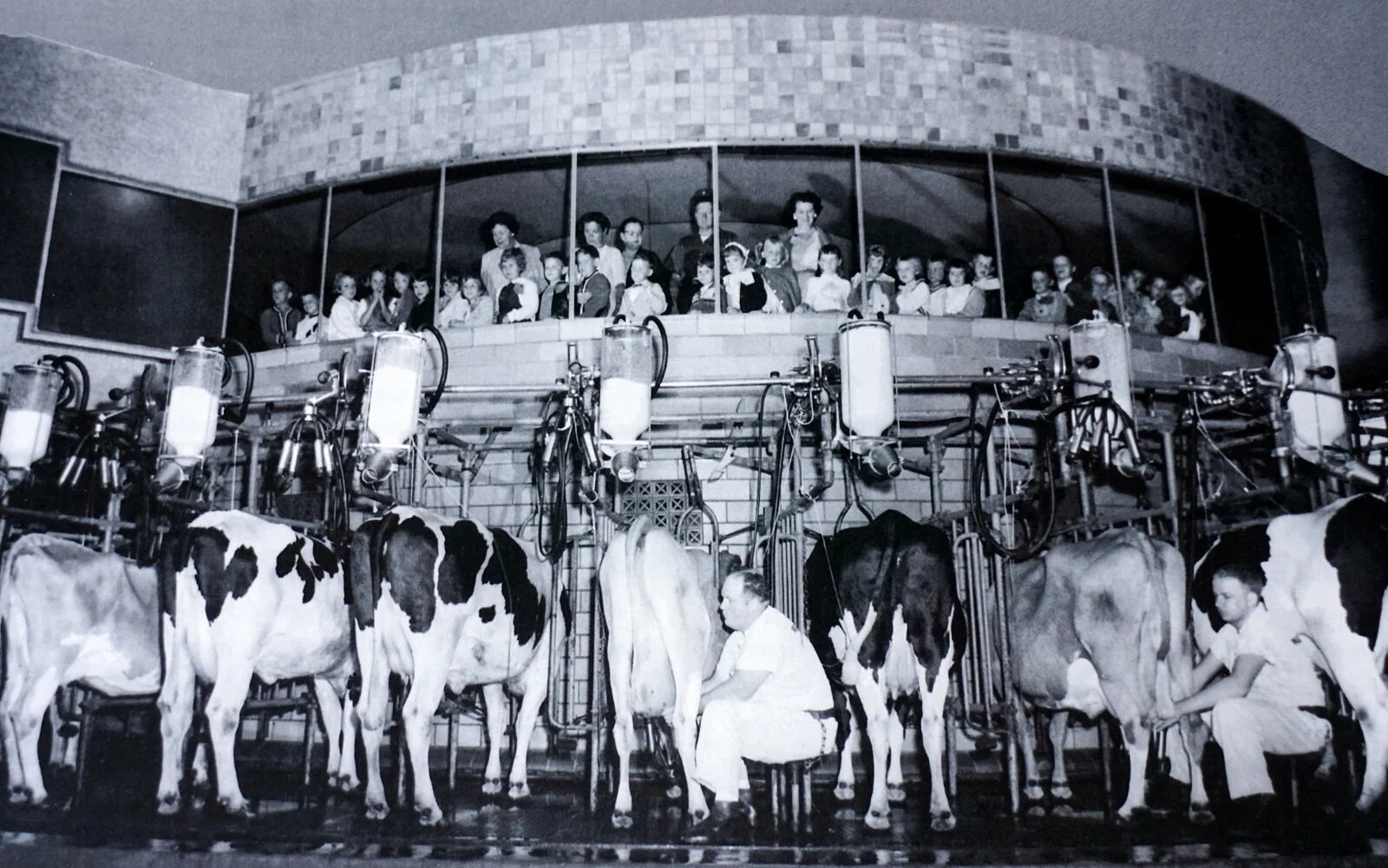Milk kefir is a fermented probiotic drink that is renowned for its healthful properties. Studies have shown that milk kefir is correlated with a wide range of health benefits, including improved digestion [1], lower blood pressure and cholesterol [2], cancer prevention [1], improved immune systems [3], and reduced asthma and allergies [2]. Milk kefir is a thick and slightly effervescent drink, with a sour, creamy taste.
Milk Kefir is Unique
Although there are many different types of fermented milk around the world [4], milk kefir is unique because it is made with kefir “grains.” Kefir grains are not true grains, but are actually symbiotic colonies of bacteria and yeast in a protein and lipid matrix. Kefir grains resemble pieces of cauliflower, and they ferment the milk through breaking down the lactose into lactic acid and other beneficial components.
Milk kefir is now widely known and consumed in many countries throughout the world, but for many centuries, milk kefir was a closely-guarded secret of the Northern Caucasus region in Russia. The people of the Northern Caucasus region are renowned for their longevity, with one of the highest proportions of centenarians in the world. Milk kefir is a dietary staple in this region.
Traditionally, milk kefir was made by combining fresh milk and kefir grains inside goatskin bags. During the daytime, the goatskin bags were hung in the sunshine of the doorways, and prodded or pushed by each person who went through the doorway. As the milk kefir was consumed, more fresh milk was added to the goatskin bag, forming a continuous fermentation cycle.
Grains of the Prophet
The people of the Caucasus mountains have been making kefir for hundreds (or even thousands) of years. In this region, kefir grains are known by the name “Grains of the Prophet” [5]. Their traditional legend about the origin of kefir grains is that the prophet Mohammed gifted kefir grains to the Orthodox Christians in this region [6]. Mohammed is said to have taught the people how to make kefir, and the people revered kefir as a health-promoting food.
The kefir grains and methods for making kefir were kept secret by people in the Caucasus mountains for many generations. Owning kefir grains was equated with wealth in this region. The people believed that the benefits of kefir would somehow be diminished if the secrets of making kefir were shared outside of their region. Marco Polo is said to have tried kefir, and kefir was prized as a medicinal food, yet the keys to making kefir were not shared until the early 1900’s.
A True Tale of Deceit, Capture, and Retribution
Since milk kefir was a closely guarded secret, how did it ever become more widely known? This is where the story of milk kefir gets even more interesting.
The Russian immunologist Dr. Ilya Ilyich Metchnikoff (who received the Nobel Prize for his work on immunity in 1908) became interested in learning about the causes of the exceptional longevity of the people in the Caucasus region and other regions. Metchnikoff came to the conclusion that soured milk, including milk kefir, was one of the keys to longevity and well-being. Following the publication of Metchnikoff’s book, The Prolongation of Life, in 1907, the All Russian Physicians’ Society became determined to use milk kefir as a medicinal treatment for their patients.
Caucasus Region. Image from freeworldmaps.net
The Blandov brothers, from Moscow Dairy, were commissioned by the All Russian Physicians’ Society to obtain kefir grains from the tribes in the Caucasus mountains. However, the tribes refused to sell any kefir grains to the Blandov brothers. Undaunted, the brothers came up with a scheme to obtain the kefir grains: they would send a beautiful woman to the court of tribal Prince Bek-Mirza Barchorov, and with her allure she would obtain the kefir grains. Irina Sakharova, an employee of the Blandov brothers, was chosen for this important mission [5].
Irina Sakharova and Prince Barchorov, 1908. Image from Revolution Fermentation
Although Irina succeeded in attracting the interest of Prince Barcharov, he refused to give her any kefir grains. Irina departed from the Prince, but tribesmen were sent to capture her with the intention of forcing her to marry the Prince. The Blandov brothers mounted a rescue of Irina before the forced marriage could take place.
When Irina presented her grievance before the Czar, Prince Barcharov was ordered to make retribution to Irina. Although she was offered gold and jewels, Irina refused. She could only be compensated for what she had endured in one way: with kefir grains. The Czar ordered Prince Barcharov to give Irina 10 pounds of kefir grains!
Kefir as Medicine
Once the Blandov brothers had the milk kefir grains, they began making kefir for the All Russian Physicians’ Society. Kefir was used in Russian hospitals to treat a wide variety of conditions including digestive disorders, cancer, artherosclerosis, and tuberculosis [5]. Even now, kefir is routinely used for hospital patients, infants, and infirm people in Eastern Europe [7].
By the 1930’s, kefir was being produced on a large scale to meet widespread public demand in Russia. It took several decades for the commercial process of making kefir on a large scale to be perfected. Milk kefir was introduced to the western world by the 1960’s. Recently, milk kefir has become a much sought-after food with a rapidly growing global market.
Currently, many health-conscious consumers use kefir grains to easily produce their own milk kefir at home. Unlike the commercial kefir that was developed in Russia, most of the commercially-prepared kefir on the market today is made with direct-set powdered kefir cultures. These powdered cultures contain considerably fewer probiotic strains than kefir grains, but they produce a more consistent commercial product. From its ancient origins to today, milk kefir is a superfood that has enriched the health of humanity.
References
[1] Zeynep B. Guzel-Seydim, Tugba Kok-Tas, Annel K. Greene & Atif C. Seydim. "Review: Functional Properties of Kefir." Critical Reviews in Food Science and Nutrition, 51:3, 261-268, 2011. doi: 10.1080/10408390903579029
[2] Bourrie, Benjamin C T et al. “The Microbiota and Health Promoting Characteristics of the Fermented Beverage Kefir.” Frontiers in microbiology vol. 7 647, 2016. doi:10.3389/fmicb.2016.00647
[3] de Oliveira Leite, Analy Machado et al. “Microbiological, technological and therapeutic properties of kefir: a natural probiotic beverage.” Brazilian journal of microbiology : [publication of the Brazilian Society for Microbiology] vol. 44,2 341-9, 2013. doi:10.1590/S1517-83822013000200001
[4] “Fermented milk products”, Wikipedia, Wikimedia Foundation, August 11 2020. https://en.wikipedia.org/wiki/Fermented_milk_products
[5] Shavit, E. “Renewed Interest in Kefir, the Ancient Elixir of Longevity.” Fungi, vol. 1-2, 2008. http://www.medicinabiomolecular.com.br/biblioteca/pdfs/Doencas/do-1175.pdf
[6] Seifi, P. “Magical Kefir.” Russian Life website, 2016. https://russianlife.com/stories/online/magical-kefir/
[7] Nielsen B, Gürakan GC, Unlü G. “Kefir: a multifaceted fermented dairy product.” Probiotics Antimicrob Proteins 6:123–135, 2014. https://pubmed.ncbi.nlm.nih.gov/25261107/

